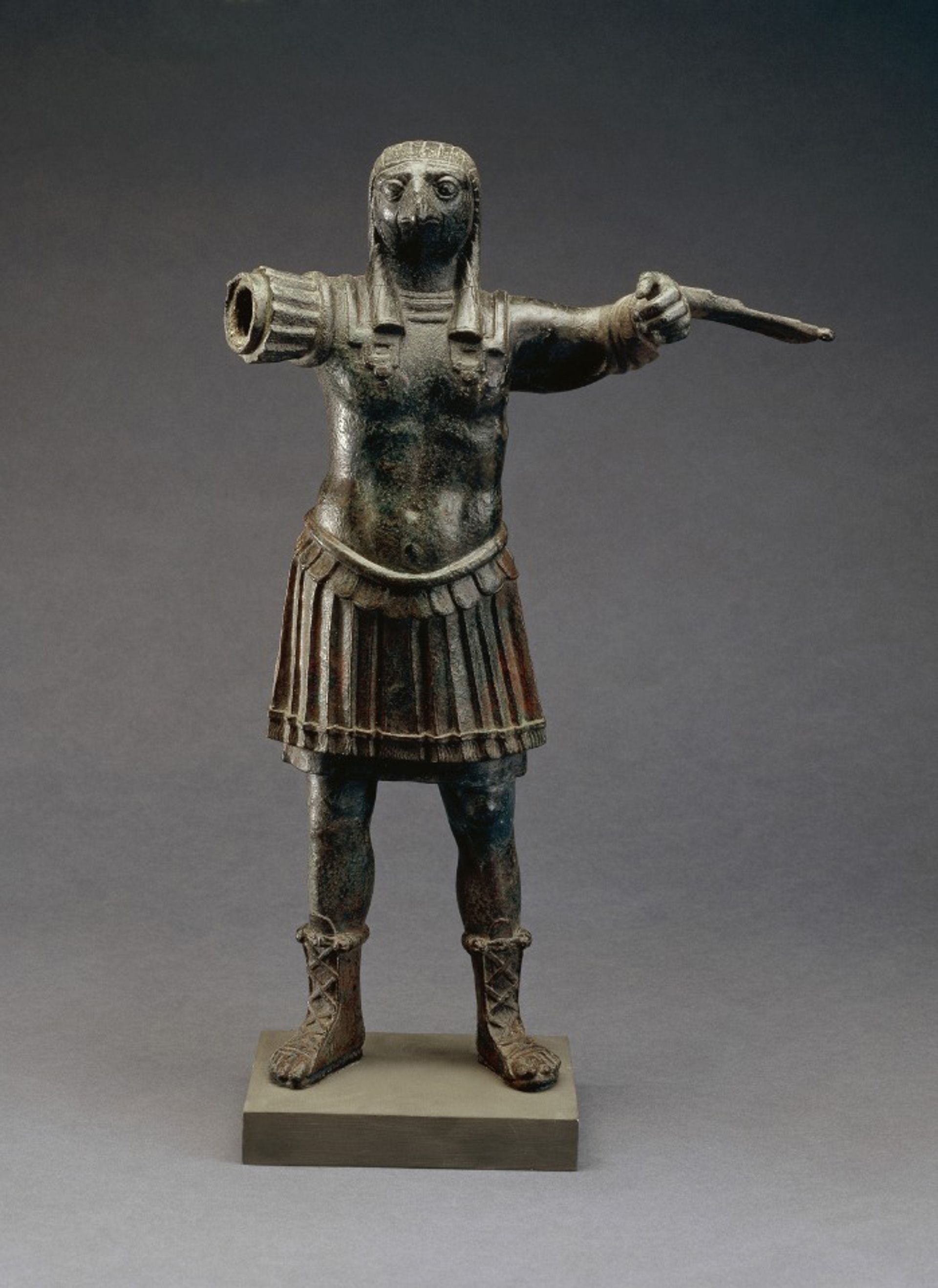The daily lives of Christians, Jews and Muslims living in Egypt from the time of Mark Antony and Cleopatra’s deaths in 30BC to the Fatimid caliphate in the 12th century are explored in the first major UK exhibition devoted to the history of post-pharaonic Egypt. Egypt: Faith after the Pharaohs opens in London at the British Museum on 29 October. It uses archaeological evidence to illustrate a long history of cultural influence and exchange between the three monotheistic groups whose largely peaceful coexistence in the period was marked by intermittent outbreaks of violence.

Among the 200 pieces on display are objects such as a first or second-century bronze statue of the falcon-headed Egyptian god Horus wearing a Roman cuirass (body armour), a Roman lamp carved with a menorah, and a set of sixth or seventh-century linen curtains with Christian and Roman motifs, showing the intermingling of cultural and religious influences.
Also on display are a series of texts from the genizah, or sacred storeroom, of the Ben Ezra Synagogue in Cairo. These medieval Jewish texts record daily life in Egypt and include religious writings as well as everyday documents such as shopping lists, records of payments for labourers and notes on daily activities; one mentions a Jewish man’s intention of stopping by his Muslim friend’s house to wish him a good holiday.
Remarkably, more than 200,000 of these texts survive. The cache was discovered in 1896 and studied by the scholar Solomon Schechter from the University of Cambridge, who brought around 193,000 of these texts back to the UK with him. They now form the university’s Taylor-Schechter Cairo Genizah Collection.
• Egypt: Faith after the Pharaohs, British Museum, London, 29 October-7 February 2016

